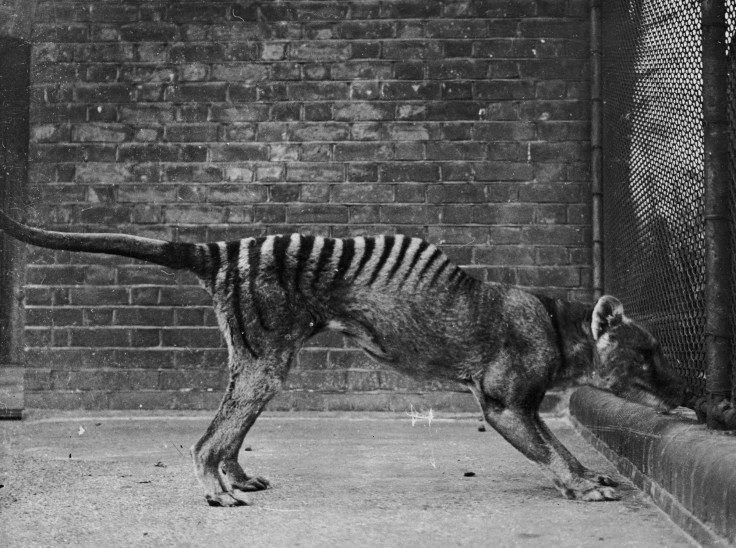
Nearly a century after the last of it's species died, scientists may be able to revive a long-extinct thanks to a well-preserved specimen in an Australian museum.
The Australian thylacine, also known as the "Tasmanian Tiger," went extinct in 1936 after the species had been hunted extensively to protect livestock. But now, American company Colossal Biosciences said they may be able to bring back the animal in just a couple of years, according to Sky News.
The key to recovery comes from 110-year-old soft tissues from a well-preserved Tasmanian tiger head that had been kept in ethanol in an Australian museum. The genome extracted from this sample is said to be 99.9% accurate. Researchers will work to complete the remaining 45 gaps with sequencing over the next few months, according to Colossal Biosciences.
"The thylacine samples used for our new reference genome are among the best preserved ancient specimens my team has worked with," Beth Shapiro, Colossal's chief science officer and the director of the UCSC Paleogenomics Lab, where the samples were processed, said in a statement to Sky News. "It's rare to have a sample that allows you to push the envelope in ancient DNA methods to such an extent."
Once the genome is completed, researchers plan to use genetically edited dunnart — small marsupials and the Tasmanian tiger's closest living relatives — eggs to create Tasmanian tiger embryos.
More than 300 genetic changes have been made to the dunnart cell, making it "the most edited animal cell to date," according to Colossal Biosciences.
Researchers at Colossal Biosciences believe that the species could be brought back to life in three years, and possibly released back into the wild in 10 years, as reported by News.com.au.
Colossal Biosciences also previously announced plans to bring back other extinct species such as the woolly mammoth and the dodo bird.
© 2024 Latin Times. All rights reserved. Do not reproduce without permission.







